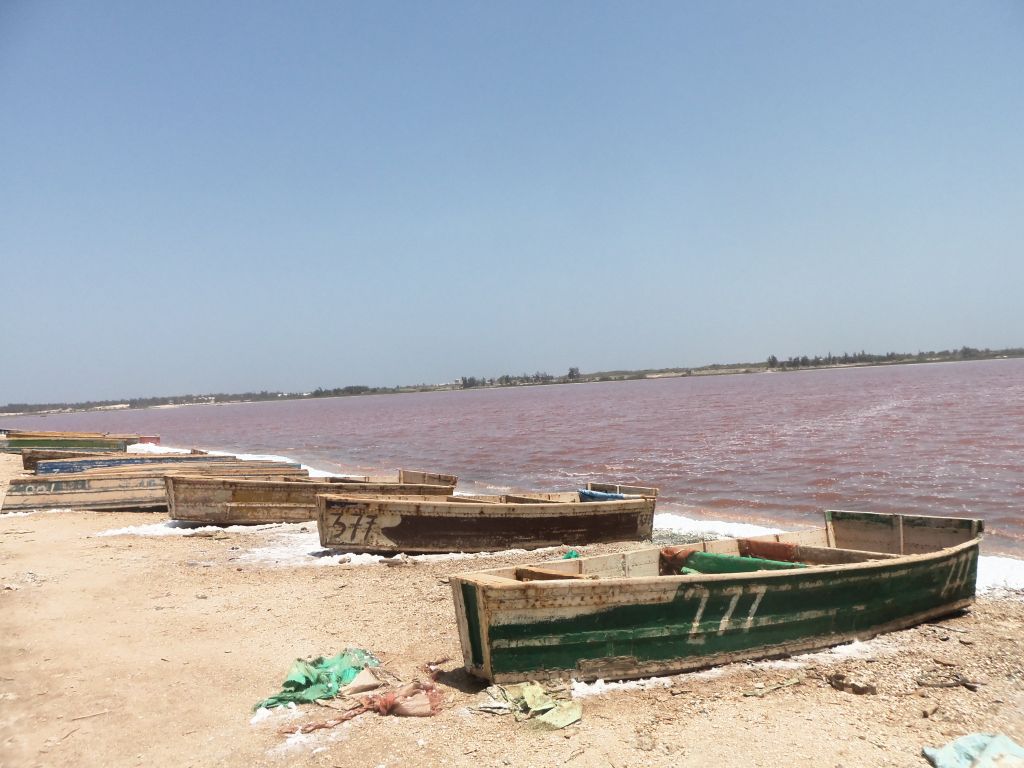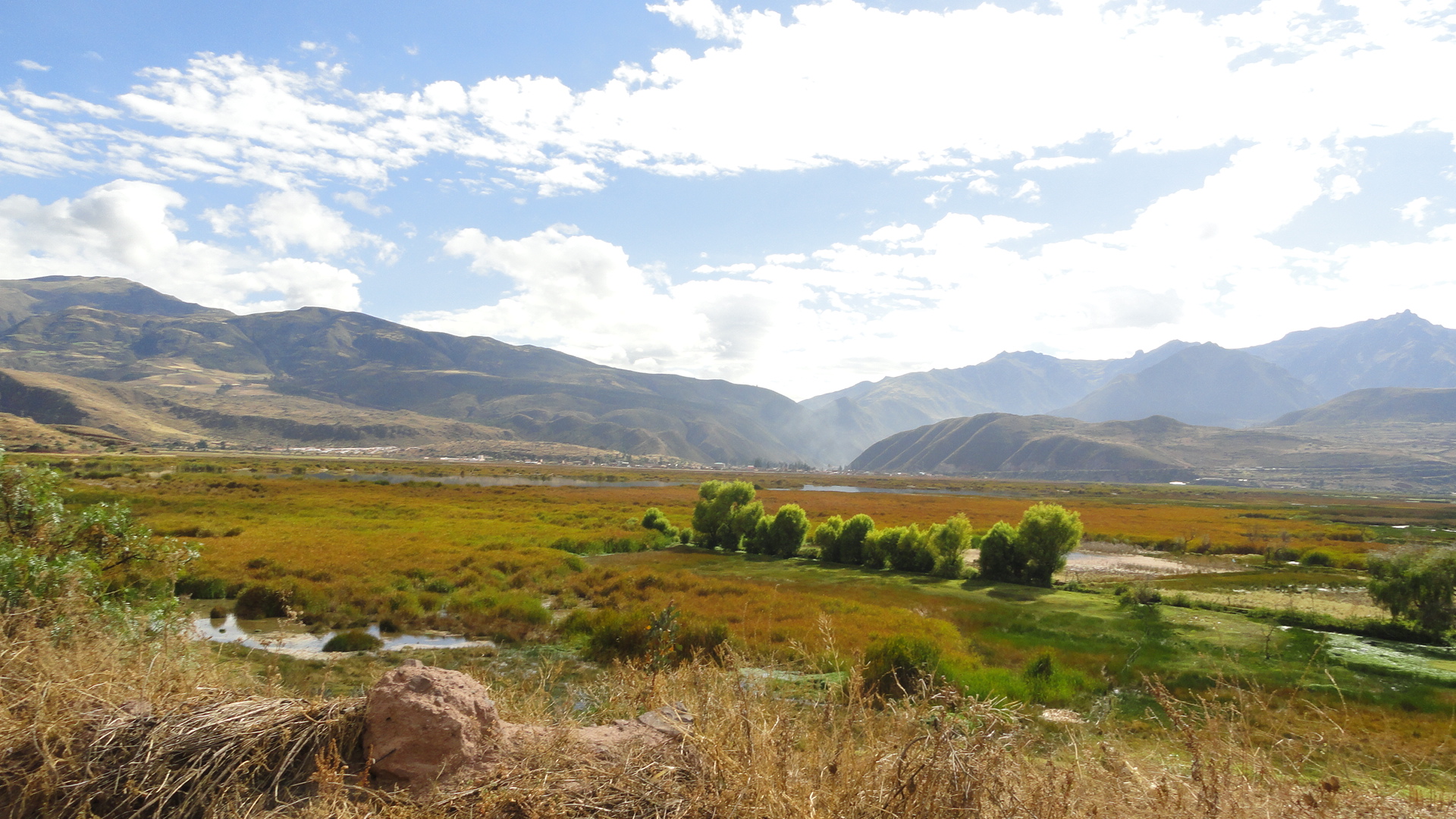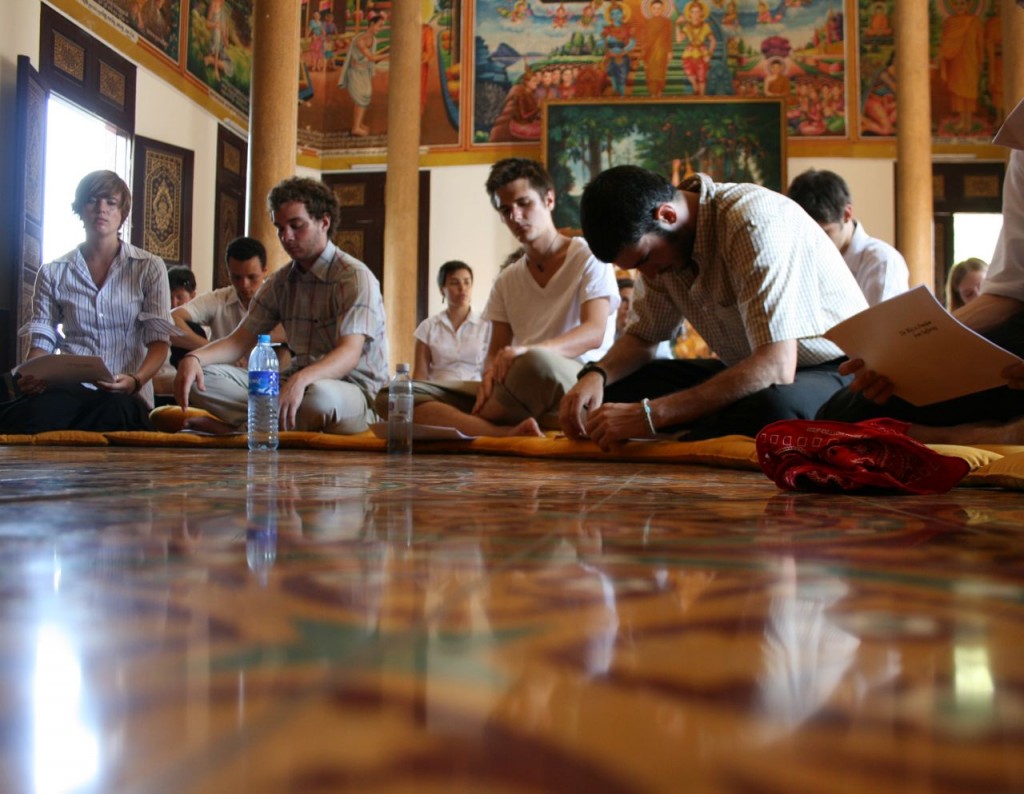I originally wrote a version of this story to use in a sermon given at my home church, Mountain View Mennonite Church in Kalispell, Montana.
When thinking back on my experience in Senegal, it is tempting to focus primarily on the things that struck me as being the most contrary to my life in the United States. The animals wandering the streets, mosquito nets over beds, and clothes hand-washed and hung out to dry were intriguing and exciting at first. These things are certainly noteworthy, and they had the most impact on me initially.
As the days passed, however, the novelty wore off. I grew accustomed to seeing such sights, and it was no longer out of the ordinary for a taxi to stop in the road for a herd of goats or a person to drop everything and pray when they heard the call to prayer. But throughout my time in Senegal, the attitude of the people who I encountered continued to amaze me. I experienced a kind of hospitality and acceptance that remains unparalleled in my life, which made the largest impact on me.


